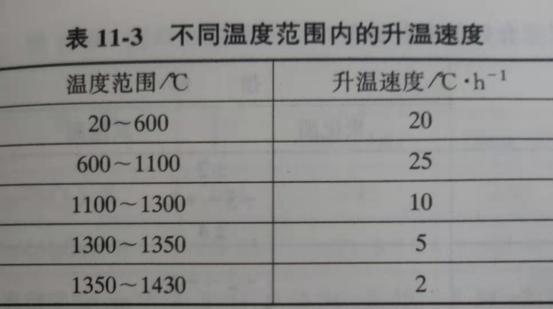Technological Characteristics and Technical indexes of Silicon Brick Production
1.1 determination of raw material ratio and particle composition
The raw materials for making silicon bricks are silica and waste bricks containing more than 96% SiO2, as well as additives such as lime, mineralizing agent and organic binder.
The addition of waste silicon brick can reduce the firing expansion of the brick, but at the same time it can also reduce the refractoriness and strength of the product and improve the porosity. Therefore, the amount of waste silicon brick should be determined according to different conditions, the single weight of the product is larger, the shape is more complex, the amount of join more. Generally, it should be controlled under 20%.
Lime is added to the billet in the form of lime milk and ACTS as a binder. Active CaO≥90%, carbonate no more than 5%, Al2O3+Fe2O3+SiO2 no more than 5% are required for lime production of silicon bricks. The lumpiness of lime is about 50mm, and the powder should be as little as possible.
The main mineralization agent used in production is steel sheet (iron scale). The quality requirement is: Fe2O3+FeO > 90%, and must be crushed in the ball mill, less than 0.088mm powder not less than 80%.
Sulfite pulp waste liquid is often used as a binder.
The general principles for determining the composition of silica brick particles should be:
(1) when selecting critical particle size, maximum density and stable heating volume of the brick should be ensured.
(2) the critical particle size of the billet should be small and there are many fine particles.
(3) when mixing several kinds of silica, the size of the particles should be determined according to the different starting temperature of sharp expansion. Coarse particles with high starting temperature and fine particles with low starting temperature should be added.
(4) the nature of the material must be considered to determine the particle composition. Texture dense silica raw material particles can be coarse, and should be fine. In the production, the critical particle size of general silicon brick should be 2~3mm, and the maximum particle size should be 2mm when using vein quartz as raw material.
1.2 molding characteristics of silicon brick
The characteristics of silicon brick molding are as follows: blank forming characteristics, complex brick shape and single weight difference.
Brick blank is a binder and low plasticity of the barren material, in the molding process should be appropriate to increase the molding pressure to improve the density of silicon brick. Coke oven silicon brick shape complex, single weight is larger, molding thickness up to 160~600mm, the best use of double-sided pressure. Silicon brick molding method is mainly mechanical pressing method, some large and complex shaped products using vibration molding or air hammer tamping method.
When silicon brick is fired, the brick body expands, so the size of the brick mold should be reduced accordingly.
1.3 determination of firing system
The silicon brick is difficult to be fired because of its phase transition. According to the physical and chemical changes in the process of brick firing, the quantity and nature of additives, the shape and size of the brick body and the characteristics of the kiln, the firing system should be determined. The basic principles are:
(1) the temperature section below 600℃ can be heated rapidly and evenly.
(2) the temperature range from above 700℃ to 1100℃ can be heated rapidly under the premise of uniform heating.
(3) in the high temperature stage from 1100℃ to the end of firing, the heating rate should be gradually reduced and the temperature should be uniformly raised to avoid cracks in the brick. The highest firing temperature should not exceed 1430℃.
(4) in the high temperature stage, in order to make the temperature rise slowly and evenly, the temperature in all parts of the kiln is evenly distributed to avoid the impact of high temperature flame on the brick. Generally, the brick is fired in a weak reducing atmosphere. At the same time, after reaching the highest firing temperature, there should be enough insulation time, generally within 20~48h fluctuation.
(5) the silicon brick after firing cooling, in the high temperature (600~800℃ above), can be quickly cold, in the low temperature should be slow cooling. The heating rate in different temperature ranges is shown in table 11-3.


